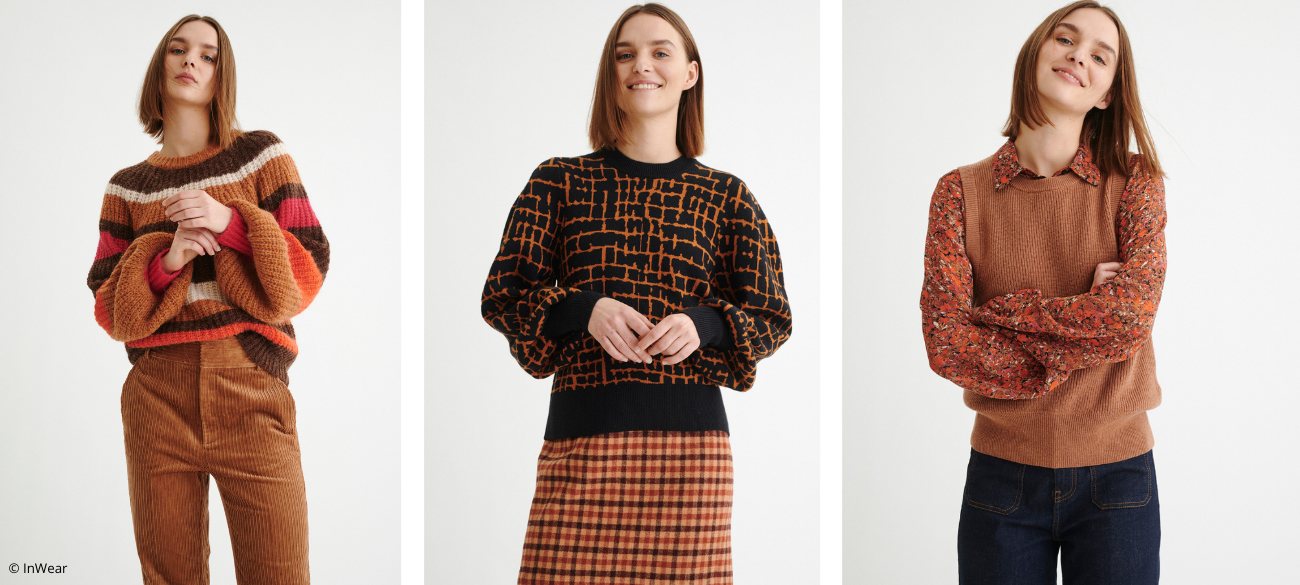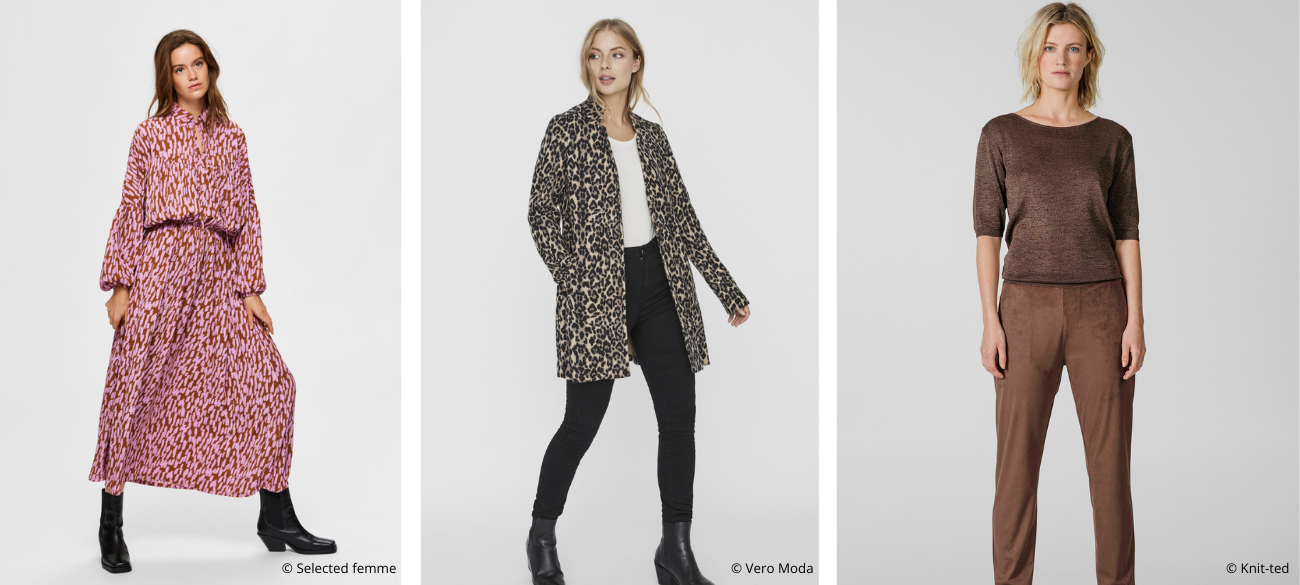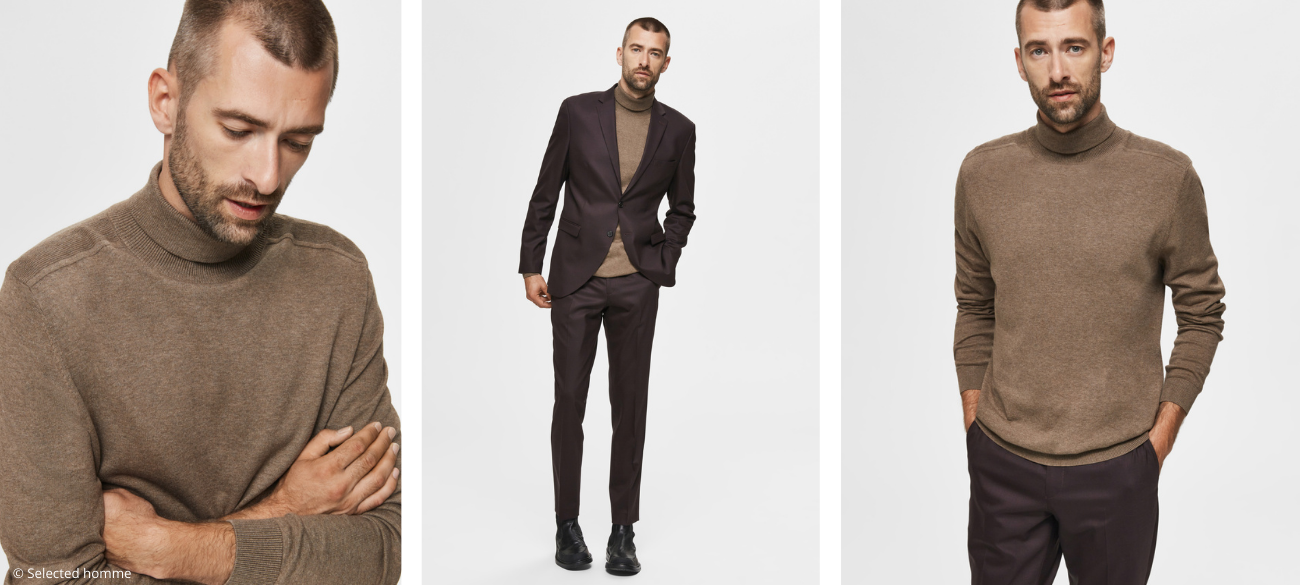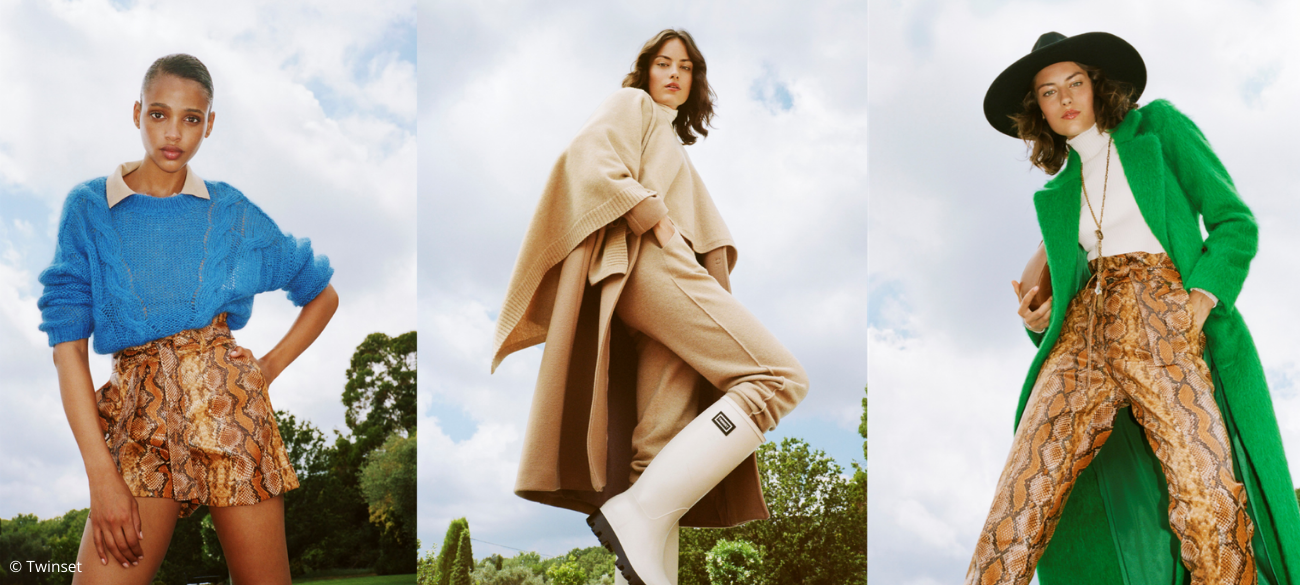Create a free retailer account now or view the other options.
Brown: the colour of mud, conviviality and 2020
Back in summer 2019, Lidewij Edelkoort was already telling us that brown would be the new black. So instead of going back to black like Amy Winehouse a good few years ago, this season, we’re all going back to brown. And you’d be hard pushed to find an autumn 2020 collection that’s not championing the colour. From mummy and russet to puce and khaki, let’s delve into The Brown Age.
Brown and its many meanings
Something of a raw, primitive colour, brown has countless nuances. It’s the fundamental colour of our earth, which here in the West, is representative of wholesomeness and fertility. In India, brown is a colour of mourning, and in Japan, it is associated with strength and durability. In many cultures – from the Babylonian to the Islamic – humans were created from clay. And after their death, often returned to the earth. It’s the colour of a plethora of things: wild animals, fields, withered crops, branches, fossils and excreta. In many ways, brown is therefore very much back to basics, and with the feet firmly on the ground. Brown is warm, relaxed, and even points to the domestic cosiness of the characteristic Dutch ‘brown cafés’. The colour is hence the perfect match for the current times, in which living has largely shifted indoors.

Monks, mummies and the military
For many years, the Christian church had a hefty finger in the colour pie. Bright colours were associated with the devil, and were also expensive. In order to live a life devoted fully to God, your average late Medieval monastic therefore often opted for sober, brown habits. Brown pigments are some of the oldest in the world, and were often obtained simply from mud and minerals. And up until 1960, even from ground-up mummies. Brown was the colour of the masses, i.e. the common people. In 1363, English folk with humble professions, such as farm workers, were even obliged by law to wear russet – a coarse rust coloured cloth. Marie Antoinette’s favourite colour was the purple-brown puce, from the French for flea. And later in the 19th century, the yellowish brown khaki (‘dust coloured’ in Urdu) became the go-to camouflage colour for the military. It wasn’t until about 1920 that Coco Chanel succeeded in making brown a popular hue, which went on to have its heyday during the Super Seventies.

Fashionable brown
The times of the mix of red, yellow and blue being a respectable, boring colour in fashion are clearly in the past. More than that, Edelkoort suggests that the next thirty years will be dominated by brown. The colour is ideal for monochrome and ton sur ton looks, as shown by Desires, Knit-ted and Selected Homme. Brown isn’t a fixture of the traditional colour circle, but is often considered a dark orange. Orange’s (and hence brown’s) complementary colour is blue, which means that these colours allow each other to shine. As we see in the walnut and cobalt combination from Twinset. But what makes brown extra special is that it’s in harmony with all other colours. Natural and warm colours such as pink, red and green, for example – as at Selected Femme, Inwear and Summum. And last but not least, the brown, beige and black of the mother of all prints: the leopard print, as spotted at brands including Vero Moda.

Written by Marjolein Lammerts van Bueren
Share article

